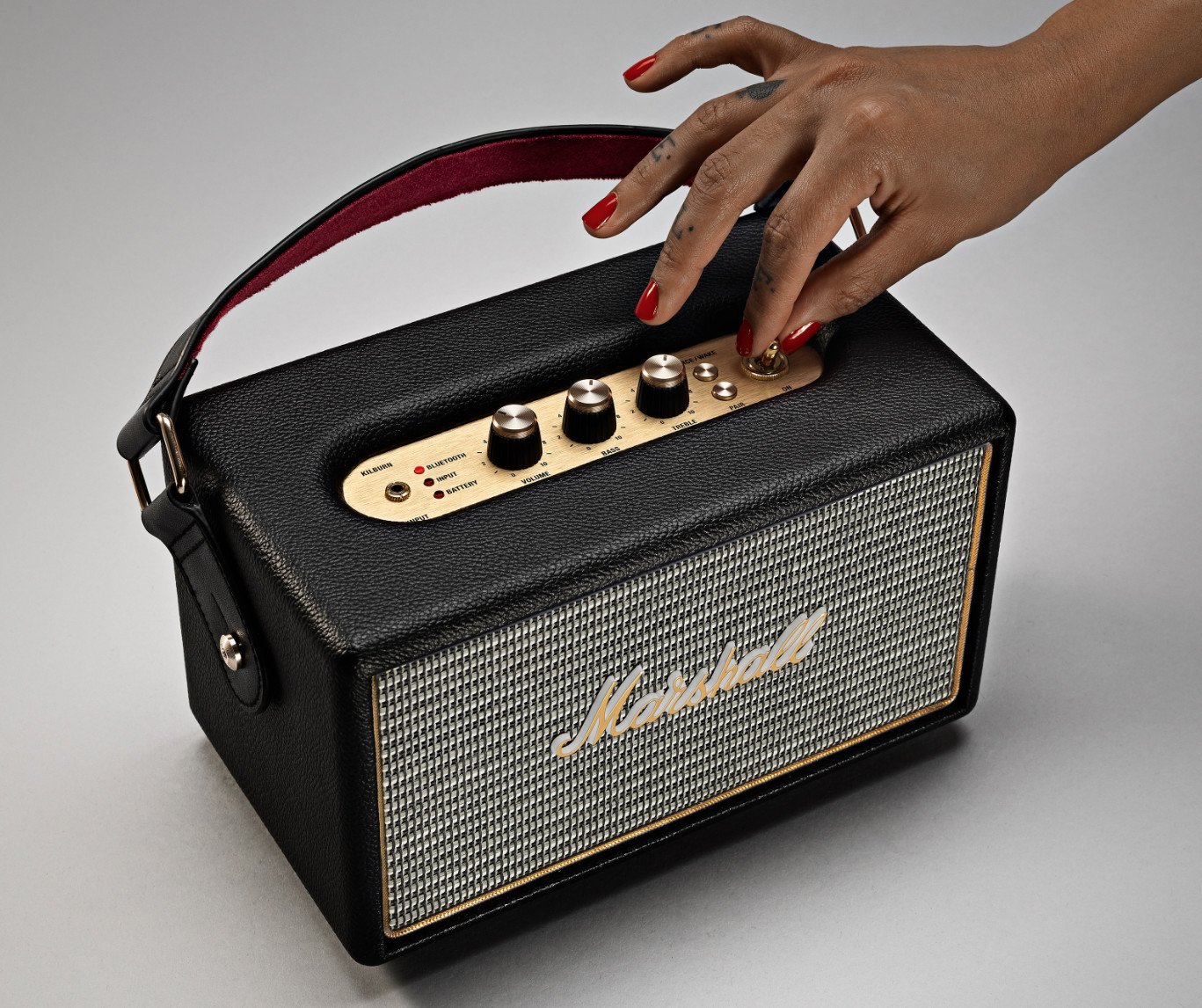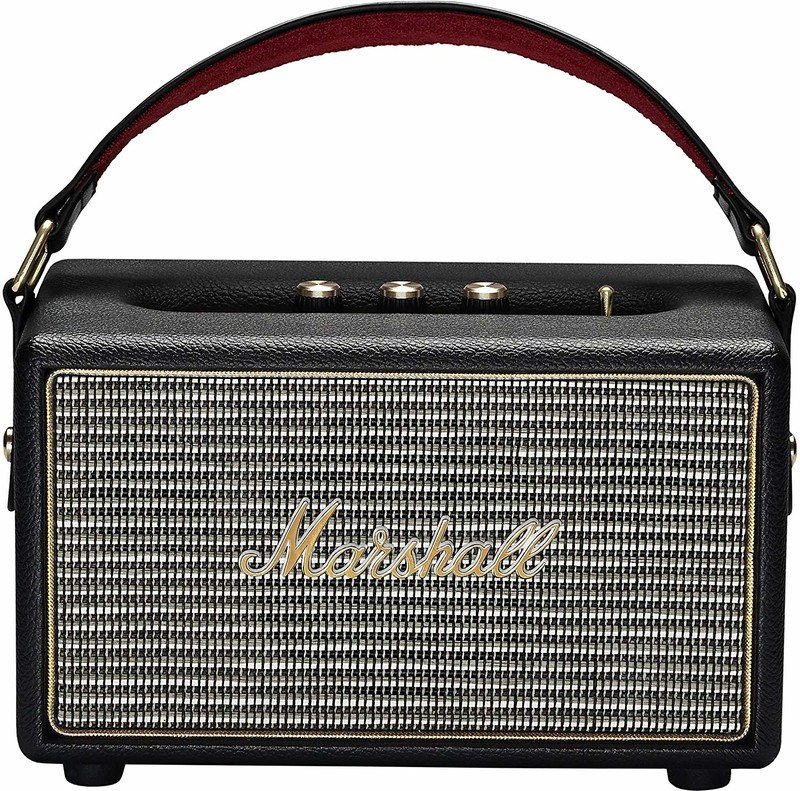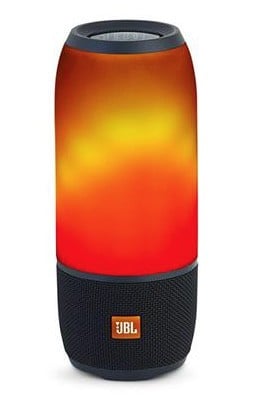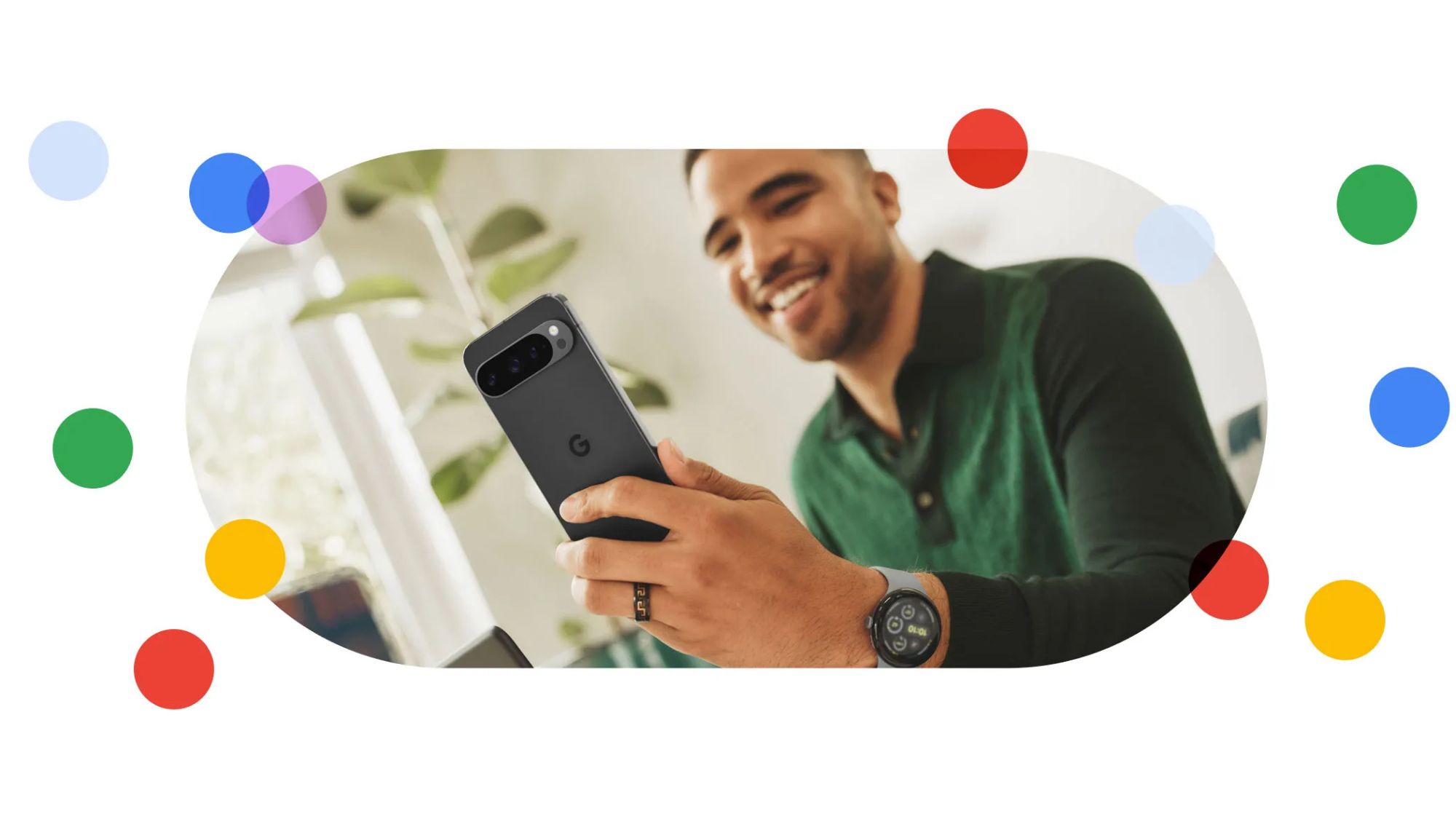Marshall Kilburn vs. JBL Pulse 3: Which Bluetooth speaker should you buy?

Marshall Kilburn

The Marshall Kilburn is an excellent choice if you're looking for a large Bluetooth speaker with room-filling sound. The sound quality out of the box is fantastic, and you get analog knobs to fine-tune the bass and treble on the fly. The 20-hour battery life ensures the party goes on all night, and you can easily carry it around.
Marshall Kilburn
Rock out in style
JBL Pulse 3

The glowing LEDs give the Pulse 3 an added dimension when you're listening to music, and it comes with a 12-hour battery life and IPX7 water resistance. The sound quality doesn't really hold up next ot the Kilburn, but the Pulse 3 is much more portable.
JBL Pulse 3
Pulsating sound
Should you buy the Marshall Kilburn or the JBL Pulse 3?
The Marshall Kilburn made its debut just a few years ago for $299, so it's great that you can pick one up for just $204. Like the rest of Marshall products, the Kilburn has a retro design aesthetic that hearkens to the heady days of rock 'n' roll. The fret design combined with golden accents and analog knobs make the Kilburn immediately stand out in this space.
The 30W power output means the Kilburn is one of the loudest Bluetooth speakers around, and that's immediately evident once you start using it. The speaker produces room-filling sound with ease, and doesn't distort at high volumes. The soundstage is bright and ideally suited for guitar-heavy tunes, but you do get the option to adjust the bass and treble using the delightful analog knobs.
The Kilburn doesn't have flashy light effects, but it sounds fantastic.
The Pulse 3, meanwhile, offers interesting light effects as a means of differentiation. There are LEDs underneath the front facade that pulsate according to the music, and the overall effect is rather cool. The Pulse 3 delivers 360-degree sound as well, and is IPX7 water resistant.
It also works with JBL's Connect app, and can be paired with other Connect+ speakers to create multi-room audio. The Connect app can also be used to customize the light effects on the speaker.
When it comes to battery life, the Kilburn comes out in the lead because of its sheer size, with the speaker offering a 20-hour battery life. The Pulse 3 lasts 12 hours on a full charge, and both speakers take around four hours to fully charge.
Be an expert in 5 minutes
Get the latest news from Android Central, your trusted companion in the world of Android
| Category | Marshall Kilburn | JBL Pulse 3 |
|---|---|---|
| Power output | 30W | 20W |
| Battery life | 20 hours | 12 hours |
| Charging time | 4 hours | 4.5 hours |
| Connectivity | Bluetooth 4.0, AUX in | Bluetooth 4.2 |
| Bluetooth range | 30 feet | 30 feet |
| Water resistance | No | IPX7 |
| Dimensions | 242mm x 140mm x 140mm | 223mm x 92mm x 92mm |
| Weight | 6.6lbs | 2.1lbs |
The Pulse 3 doesn't have anywhere close to the same booming sound as the Kilburn, and the audio quality in general is underwhelming. You'd expect a $150 speaker to deliver better sound, and it feels like JBL was so focused on adding intriguing features to the Pulse 3 that it forgot to nail down the basics. If you don't mind losing out on better audio quality for the light effects, the Google Assistant integration, and the IPX7 water resistance, the Pulse 3 is a decent product.
But if you want a speaker that looks and sounds great, then there's only one option. The Kilburn may not be resistant to the elements and it doesn't have any interesting light effects, but it produces fantastic sound that'll easily fill a decent-sized room. At the end of the day, you're buying a speaker for the way it sounds, and in this regard the Kilburn comes out a mile ahead. At $204, it costs more than the Pulse 3, but ultimately you're getting much better sound.

Great looks, fantastic sound.
The Kilburn combines retro styling with class-leading performance. There's no speaker at this price point that sounds anywhere as good as the Kilburn, and the audio quality coupled with 20-hour battery life make it the perfect Bluetooth speaker.

Great visual effects, underwhelming sound.
The Pulse 3 comes with a host of interesting features, but it doesn't impress as a speaker. The sound quality is underwhelming, and while the light effects undoubtedly add some flair to your listening experience, you're primarily buying the speaker for the sound quality. As such, you're better off picking the Kilburn.

Harish Jonnalagadda is Android Central's Senior Editor overseeing mobile coverage. In his current role, he leads the site's coverage of Chinese phone brands, networking products, and AV gear. He has been testing phones for over a decade, and has extensive experience in mobile hardware and the global semiconductor industry. Contact him on Twitter at @chunkynerd.
